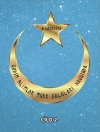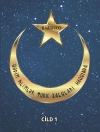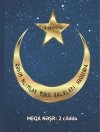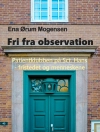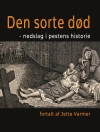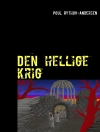The study of Roman imperial statues has made remarkable strides in the last two decades. Yet the field’s understandable focus on extant portraits has made it difficult to generalize accurately. Most notably, bronze was usually the material of choice, but its high scrap value meant that such statues were inevitably melted down, so that almost all surviving statues are of stone. By examining the much larger and more representative body of statue bases, Jakob Munk Hojte is here able to situate the statues themselves in context. This volume includes a catalogue of 2300 known statue bases from more than 800 sites within and without the Roman Empire. Moreover, since it covers a period of 250 years, it allows for the first time consistent geographic, chronological and commemorative patterns to emerge. Hojte finds among other things that imperial portrait statues are connected chiefly with urban centres; that they were raised continuously during a given reign, with a higher concentration a couple years after accession; that a primary purpose was often to advertise a donor’s merits; and that they increased sixfold in frequency from Augustus to Hadrian, an increase attributable to community erections. Jakob Munk Hojte is post.doc. and research assistant at the Danish National Research Foundations Centre for Black Sea Studies.
Jakob Munk Hojte
Roman Imperial Statue Bases [PDF ebook]
from Augustus to Commodus
Roman Imperial Statue Bases [PDF ebook]
from Augustus to Commodus
Compre este e-book e ganhe mais 1 GRÁTIS!
Língua Inglês ● Formato PDF ● Páginas 664 ● ISBN 9788779349063 ● Tamanho do arquivo 5.2 MB ● Editora Aarhus University Press ● Cidade Aarhus ● País DK ● Publicado 2005 ● Carregável 24 meses ● Moeda EUR ● ID 7042224 ● Proteção contra cópia Adobe DRM
Requer um leitor de ebook capaz de DRM


